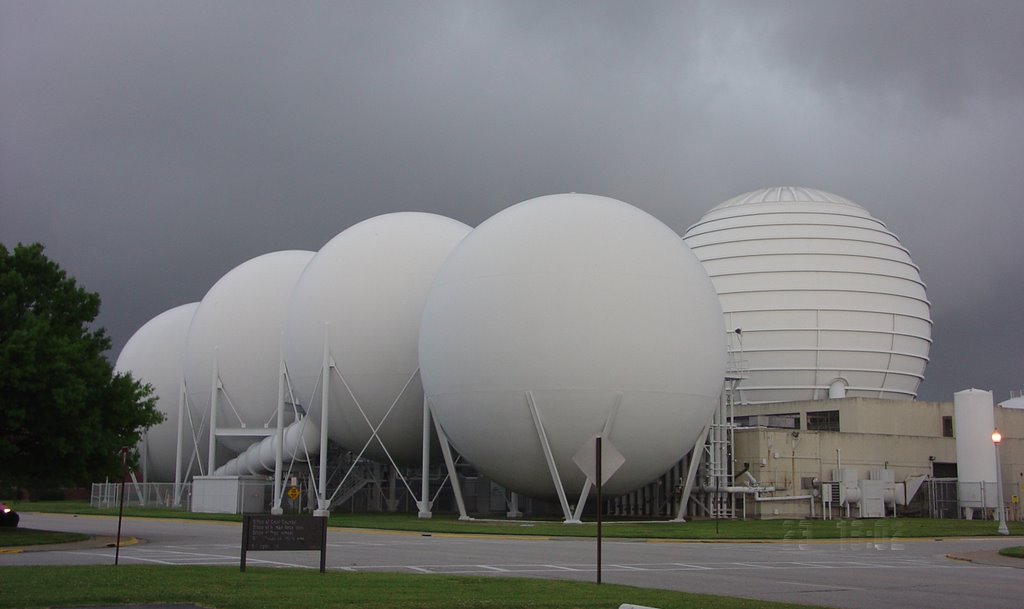Doppler LIDAR utilizes the doppler shift to measure the target’s velocity. The doppler shift is the small change in wavelength due to motion of the source. You may already be familiar with the Doppler shift: it causes the change in pitch of a train whistle or a car horn as the vehicle first approaches you, then recedes from you. By using a short wavelength laser source and measuring the change in the wavelength between the emitted and reflected laser beams, the velocity (speed and direction) of the dust particles from which the laser is reflected can be determined. From the reflected beam’s intensity, polarization, wavelength, and line width we can determine the target’s range, depolarization, reflectance, or vibration spectrum can be measured in addition to its velocity.
When the target is air molecules or dust particles and the determined quantities are the target’s speed and direction, we have a way of measuring wind velocity. Wind velocity measurements have a variety of military and civilian government, as well as private applications, such as:
Government (Civilian)
- Provide local wind profiles for shuttle launches and landings and for rocket launches

Some of the radar modules at the Langley Research Center.
- Measure wind turbulence, wind shear, and wake vortices near airports
- Aid pollution research by assisting in source identification
- Monitor automobile speed
- Measure global tropospheric winds
Government (Military)
- Improve targeting for military ordinance
- Parachute personnel and supplies more accurately
- Improve weather prediction for planning and logistics
- Optimize cruising route for fuel efficiency, true airspeed, angle of attack, and sideslip angle measurement
- Make take-off and landings safer by measuring wind shear, wake vortex, and clear air turbulence warning
Private (commercial and academic)
- Give airline pilots advanced warning of dangerous wind sheer and microbursts
- Map wind fields to analyze the effect of potential new construction on existing wind fields and to site windmills
- Provide local wind profiles of sea breezes, valley winds, and nocturnal drainage flow through river valleys
- Map winds for coefficient of drag reduction research on aircraft and automobile designs
- Measure fuel, exhaust, and coolant flow rate